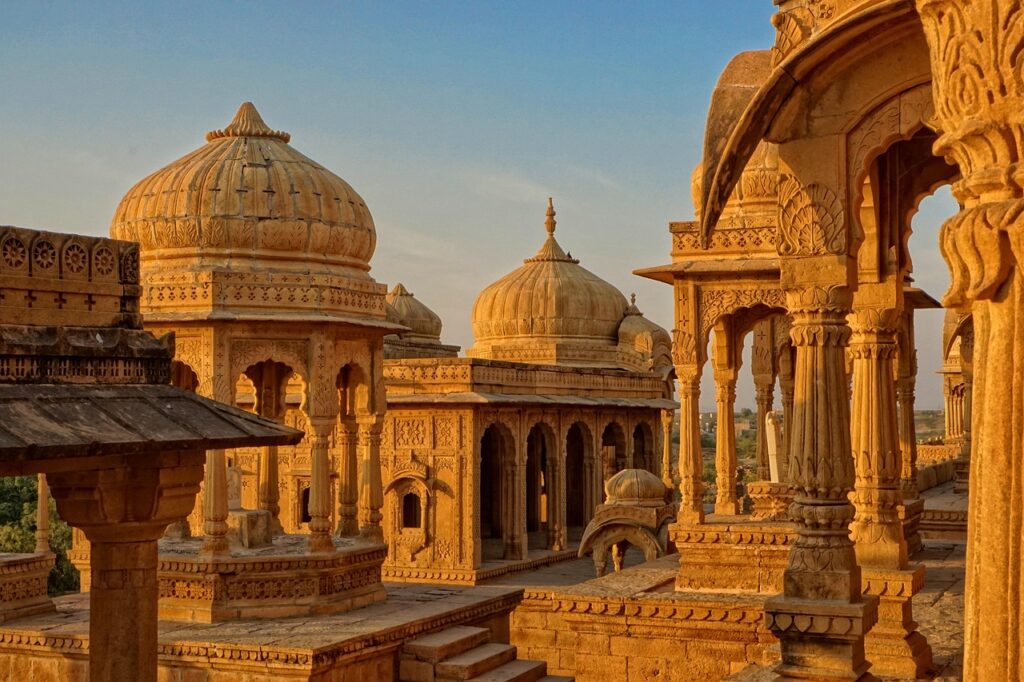Marking the thirtieth anniversary of India’s economic reforms, renowned economist Gaurav Dalmia ventures beyond immediate concerns such as border disputes and pandemic challenges. In a profound exploration, he outlines the “beyond the horizon” challenges and opportunities shaping India’s trajectory over the next decade.
- Operating Leverage of the Indian Consumer:
Dalmia keenly identifies a potent force propelling India’s growth—the operating leverage of the Indian consumer. With the majority allocating a substantial portion of their income to daily expenses, the upward trajectory of nominal wage growth translates into a noteworthy surge in discretionary income. This transformative trend, evident across various sectors from insurance to consumer durables, is anticipated to be a linchpin in reshaping India’s economic landscape.
- Structural Roadblocks and Constraints:
However, within this optimistic panorama, Dalmia candidly acknowledges the challenges posed by regional economic differentials. The stark disparities between the northern and eastern states compared to their southern and western counterparts could strain political cohesion. Effectively addressing poverty and inequality, exacerbated by gender, caste, and geographical factors, emerges as an imperative task for leaders steering India’s future.
- Smart Policy Solutions and Ownership:
The essay underscores the pivotal role of well-crafted policy solutions and collective societal ownership in navigating these challenges. Reflecting on the historical evolution post the 1991 reforms, Dalmia emphasizes the imperative role of governance. In the face of demographic shifts and changing dependency ratios, policy decisions must possess the foresight to address long-term economic implications.
- The Intersection of Politics and Economics:
Dalmia anticipates that the unfolding narrative in the coming decade will be centered at the intersection of politics and economics. As political power devolves from the center to the states, governance assumes a pivotal role for success. The delicate equilibrium between managing finances, taxation intricacies, social indicators, and fortifying geopolitical standing will intricately shape India’s trajectory.
- Conclusion: Cathedral Thinking for Long-Term Success:
The conclusion introduces the profound concept of Cathedral Thinking—an ethos of engaging in long-term, visionary endeavors that may extend across generations. Dalmia passionately underscores the need for leaders to envision and actively contribute to a future they might never witness. Acknowledging the intricate complexity of India’s economic fate, he advocates for a systematic reset of institutions and a laser-focused commitment to maximizing returns on fortuitous circumstances in the imminent decade.
In essence, Gaurav Dalmia’s masterful essay provides a comprehensive and insightful roadmap for policymakers, businesses, and citizens alike, as they collectively navigate the labyrinth of challenges and opportunities defining India’s next decade in the post-COVID era.
For more, see Gaurav Dalmia, Whitepaper: India’s Next Decade: Some Predictions, Some Speculations, Centre for Social and Economic Progress, 28 October 2021.
Get in touch with us here or email us at info@nyasa.solutions.

